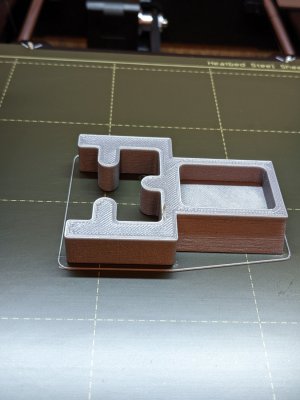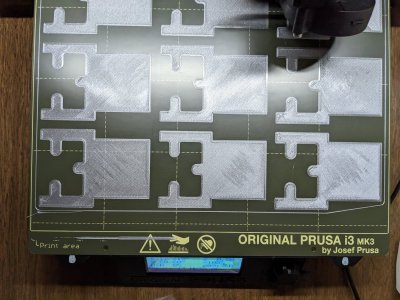Ok. Please ignore if I talk down to you, I don't know your Prusa knowledge. The MK3* will know the contour of the build sheet, and compensate for it with the base layers. We're not talking about clearly viable variations. There should be a summary at the end of the XYZ calibration telling you what degree the bed is warped, and if in Prusa tolerances, or is a calibration utility? Also, watch the z hight (LCD) while printing.. it's constantly changing, compared to something without the automatic contour tracking like an ender 3, you will only see the z height on the current layer level.
Also, you need to set the first layer on each steel sheet.
Their tech support is amazing, and you only need your order number and serial number, both should be easy to get.



